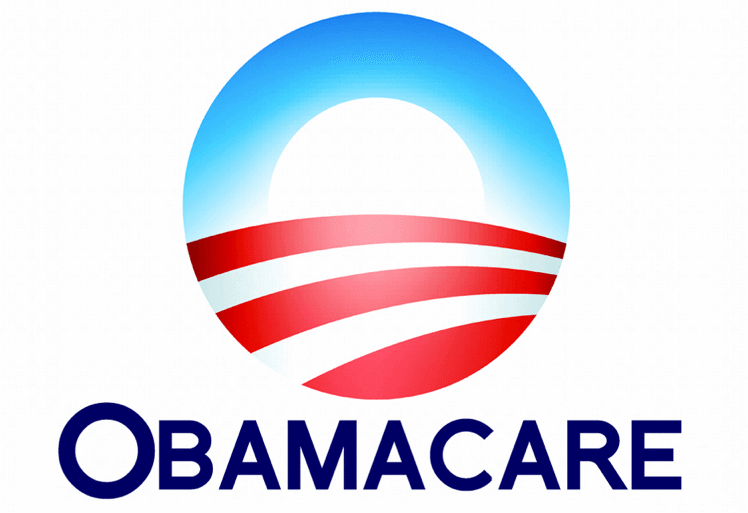Obamacare, or the Affordable Care Act, is funded by a mix of budget cutbacks and additional money from a variety of sources, including tax hikes. The most current estimate from the Congressional Budget Office suggests that spending would be reduced by more than $700 billion between now and 2025 due to changes in Medicare payment rates and reductions in payments to the Medicare Advantage program. The law generates funds through a variety of means, including imposing financial penalties on those who do not carry health insurance ($43 billion by 2025) and on businesses that do not provide coverage to their employees ($167 billion). Obamacare is funded in part by high-income earners.
To pay for Medicare’s hospital insurance, the legislation mandates that employees pay a tax of 0.9% of their salaries above $200,000 for single filers or $250,000 for joint filers. For taxpayers with MAGI over $200,000 (single) or $250,000 (joint) a 3.8% surtax is imposed on certain sources of investment income. According to CBO estimates, such provisions will bring in $346 billion in revenue by 2025. The Affordable Care Act, popularly known as Obamacare, has resulted in a number of significant tax changes. It is vital to analyze the history of taxes under the ACA to comprehend the tax implications of this law, which altered the course of healthcare insurance in the United States, in 2021.
Twenty-one new tax provisions and modifications to existing ones are among the many effects of the Affordable Care Act on the healthcare sector. The Tax Cuts and Jobs Act, the Further Consolidated Appropriations Act, and the Consolidated Omnibus Budget Reconciliation Act of 2018 (CARES Act) are just a few examples of recent laws that have temporarily or permanently suspended or abolished such provisions. An example is the Medicare surtax on high-income individuals, which has broad bipartisan support. The elimination of some levies, including the one on medical devices, has received support from both political parties.
The main problem for taxpayers was the individual mandate, which obliged people to buy health insurance policies. To achieve its goals of expanding access to health insurance and lowering health care costs, the Affordable Care Act (ACA) makes significant adjustments to the tax law. The ACA enacted tax credits for people and small businesses to acquire health insurance, as well as levies on those without health insurance and on businesses that do not provide at least minimum levels of coverage. The high-cost health plans excise tax was implemented by the ACA to help down health care costs and provide funds for insurance expansion.
The ACA increased taxes on high-income households reduced the ability to deduct medical costs from federal income taxes and placed excise taxes on health insurers, pharmaceutical firms, and medical device manufacturers to fund reform. The “employer mandate” is a penalty on companies that provide subpar health insurance to their employees. Companies with 50 or more FTE workers are subject to the tax. In fiscal 2019, the amount collected via employer mandates was $8 billion. A credit that may be used as a refund to help families pay for health insurance on the federal or state exchanges. Participants must be legal U.S. residents, have annual earnings between 100 and 400 percent of the federal poverty line, and not be eligible for any health care.
The Premium Tax Credit, which primarily aids poor and moderate-income households, cost $53 billion in the fiscal year 2019. Insurance companies, drug makers, and makers of medical gear would all be subject to an excise tax. Legislation approved at the beginning of 2018 put a hold on the tax on medical devices for both 2018 and 2019, and also put a hold on the tax on health insurers for 2019. As a result of subsequent legislation approved in late 2019, both the medical device tax (effective in 2020) and the health insurance tax (effective in 2021) have been permanently repealed. There was a $12 billion increase in 2019’s budget thanks to healthcare industry excise taxes.
A deduction for small businesses that offer health insurance to their employees.
In addition, the company must have fewer than 25 employees and pay their workers an average of less than $50,000 a year. The credit can be used by businesses for up to two years. Less than $1 billion was spent on the small business health insurance credit in 2019. For those with incomes over $200,000 for individuals and $250,000 for couples, an extra 0.9% in Medicare tax is levied on wages and 3.8% is levied on NII. In 2019, $31 billion was collected through the NII tax and an extra $10 billion was collected from the Medicare premium tax expansion. The extra Medicare tax and NII tax mostly affect the top 1 percent of earners but affects almost all of the top 5 percent.







